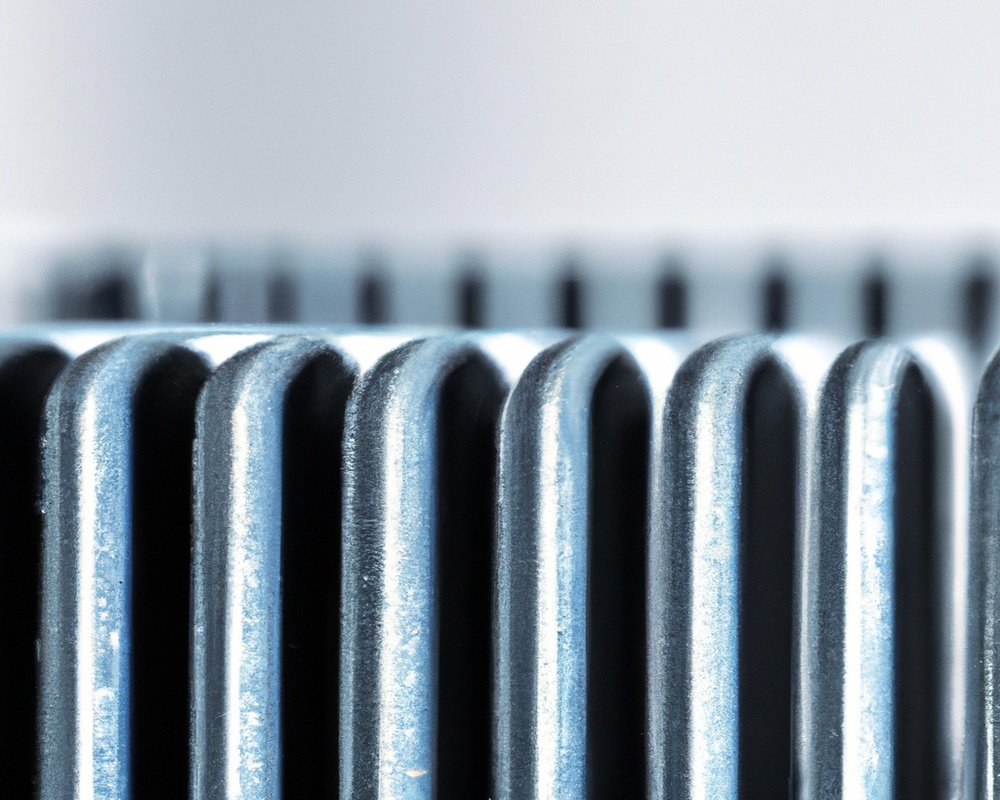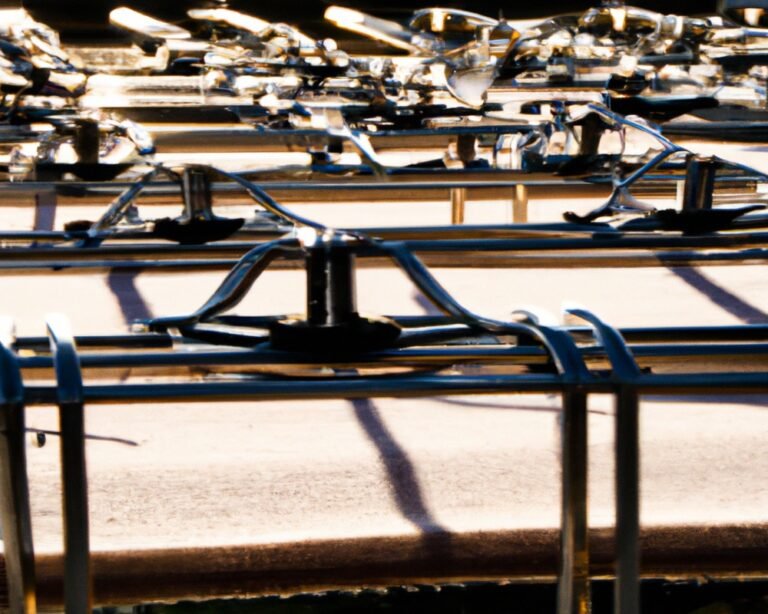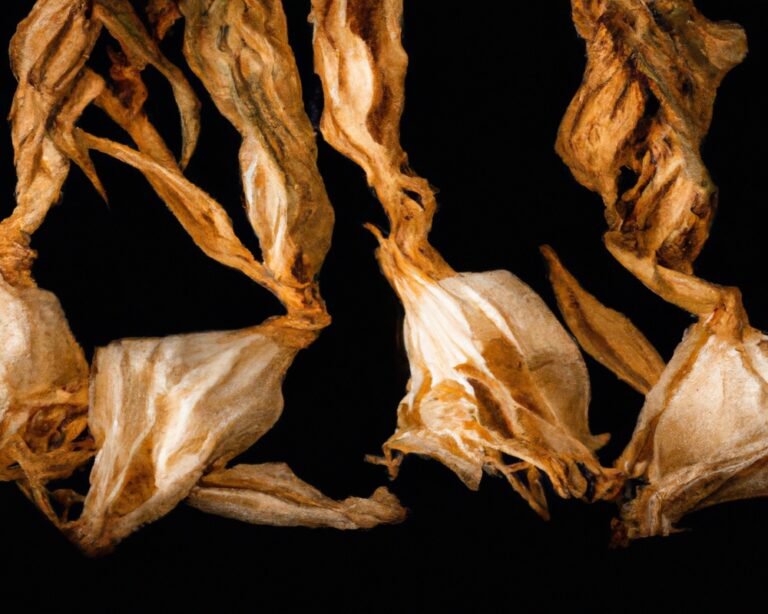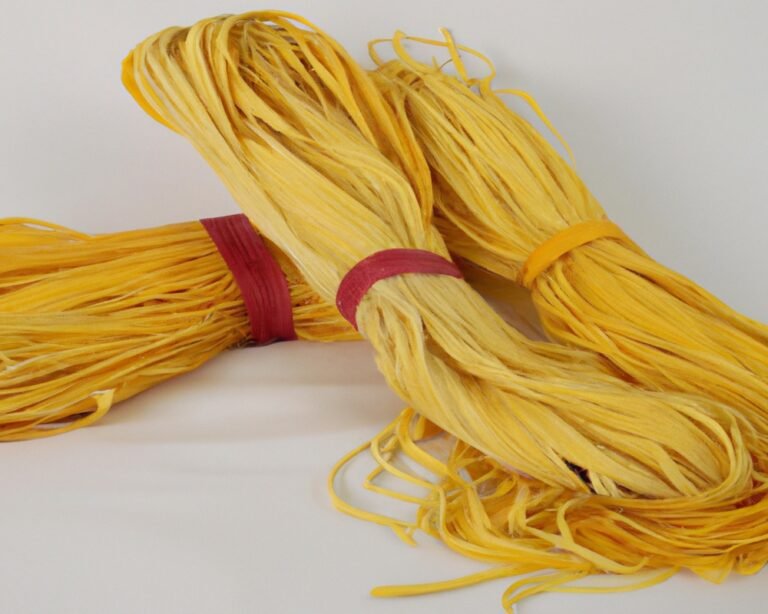Drying On Radiators: Efficient and Convenient
Key Takeaways:
- Drying clothes on radiators can help speed up the drying process.
- It is important to properly ventilate the room when drying clothes on radiators.
- Avoid placing wet clothes directly on top of the radiator to prevent damage.
- Regularly clean radiators to maintain their efficiency and prevent dust buildup.
Are you tired of waiting for your laundry to dry?
Looking for a more efficient and cost-effective way to dry your clothes, shoes, and other items?
Look no further! Drying on radiators is a game-changer when it comes to laundry drying.
In this article, I will explain what drying on radiators means, the common items you can dry using this method, and the amazing advantages it offers.
I will also share some practical tips to ensure you get the best results without damaging your radiators.
Plus, I’ll discuss what items to avoid drying on radiators and suggest some alternatives.
So, let’s dive in and discover the wonders of drying on radiators!
| Drying Method | Advantages | Disadvantages |
|---|---|---|
| Using Radiators | 1. Quick drying time 2. Cost-effective 3. Convenient | 1. Risk of overheating fabric 2. May cause color fading 3. Limited space |
What is Drying on Radiators?
Drying on radiators refers to the process of using the heat generated by radiators to dry various items. Common items that can be dried on radiators include clothes, towels, and shoes.
Definition of drying on radiators
Drying on radiators refers to the act of placing wet items, such as laundry or towels, on the surface of a radiator to accelerate the drying process. When the radiator is turned on, the heat emitted helps to evaporate the moisture from the items.
This method is commonly used in colder climates where drying clothes outside may not be feasible.
However, caution must be taken to ensure that items are not in direct contact with the radiator to avoid potential damage or fire hazards.
Common items dried on radiators
Common items that are often dried on radiators include:
- Wet clothing and towels: Radiators provide a convenient and efficient way to dry freshly washed clothes and damp towels. Simply hang them over the radiator and let the warm air circulate, speeding up the drying process.
- Shoes and boots: On rainy or snowy days, damp footwear can be a hassle. Placing them near or on top of a radiator can help dry them out quickly, preventing odors and mold growth.
- Gloves, hats, and scarves: During colder months, these accessories tend to get wet from rain or snow. Drying them on a radiator not only removes any moisture but also ensures they’re warm and ready to use next time you step outside.
- Umbrellas: If your umbrella gets wet, it’s best to let it dry thoroughly before storing it. Placing it on a radiator allows it to dry evenly and reduces the risk of mold or mildew growth.
Remember to exercise caution when drying items on radiators, as some materials may become damaged by heat.
Advantages of Drying on Radiators
Drying your clothes on radiators offers faster drying times and is a cost-effective option that utilizes your existing heat source.
Faster drying times
Faster drying times is one of the key advantages of drying clothes on radiators.
Radiators provide direct heat to the clothes, helping to evaporate the moisture more quickly.
This can significantly reduce the time it takes for your laundry to dry, especially during colder months when drying outdoors may not be feasible.
Additionally, the warmth from the radiator can help to eliminate any lingering dampness, ensuring your clothes are completely dry and ready to wear in no time.

Cost-effective option
A cost-effective option for drying clothes is using radiators.
Here’s why:
- No need to purchase a separate drying rack or clothesline, saving you money.
- Drying clothes on radiators utilizes existing infrastructure, reducing the need for additional appliances.
- Radiators are energy-efficient, heating your home while drying your clothes simultaneously.
- Since radiators are already part of your heating system, there is no additional cost for running a separate drying machine.
- Drying on radiators eliminates the need for using a dryer, which can be costly in terms of energy consumption.
So, drying on radiators is not only a convenient option but also a cost-effective one!
Utilizing existing heat source
Utilizing your existing heat source for drying is a smart and efficient way to make the most of what you already have.
Here are some advantages of utilizing your radiators for drying:
- Convenience: Since radiators are often located in living spaces and bedrooms, you can easily dry your clothes or towels without the need for a separate drying rack or machine.
- Energy efficiency: By using the heat generated from your radiators, you are utilizing an already running heat source, which can help reduce your energy consumption and utility bills.
- Faster drying times: Radiators provide direct heat, which can help speed up the drying process compared to air drying or using other methods. This is especially useful for smaller items like socks or undergarments.
- Space-saving: Drying on radiators eliminates the need for additional drying racks or clotheslines, saving valuable space in your home.
Remember to properly hang your items over the radiator to prevent any damage or moisture buildup.
It’s important to maintain good airflow and periodically check for any signs of overheating.
Utilizing your existing heat source is a simple and effective way to dry your laundry while maximizing your resources.
Tips for Drying on Radiators
Proper placement and spacing of items is key for effective drying on radiators. Make sure there is enough airflow around the items to speed up the drying process.
Proper placement of items
Proper placement of items is key when it comes to drying on radiators.
Here are some tips to help you get it right:
- Place smaller items, like socks or underwear, on top of larger ones to ensure even drying.
- Don’t overload the radiator – leave enough space for air to circulate.
- Avoid placing wet items directly on the radiator – use a drying rack or hangers instead.
- For delicate items, consider using a towel as a barrier between the item and the radiator.
- Regularly check the items and rotate them if necessary to promote uniform drying.
- Remember, safety first – never place flammable or heat-sensitive items near the radiator.

Ensuring airflow
To ensure proper airflow when drying clothes on radiators, there are a few simple steps you can take. First, make sure there is enough space between the radiator and the clothes.
This will allow air to circulate freely and prevent dampness.
Additionally, avoid placing large or heavy items directly on top of the radiator, as this can block airflow. Finally, try to position the clothes in a way that allows for maximum exposure to the heat, such as hanging them or spreading them out evenly.
These small adjustments can make a big difference in ensuring effective drying on radiators.
Avoiding damage to radiators
To avoid damaging radiators, there are a few important things to keep in mind.
Firstly, avoid placing wet or damp items directly onto the radiator, as this can cause rust and corrosion.
Instead, use a drying rack or hang your clothes nearby.
Secondly, be mindful of the heat settings on your radiator.
If the heat is too high, it can warp or melt plastic items.
Lastly, avoid using abrasive or chemical cleaners on your radiator, as this can damage the finish.
Stick to gentle cleaning methods to keep your radiator in good condition.
What Not to Dry on Radiators
Avoid drying delicate fabrics, wet shoes and boots, and electronics or sensitive equipment on radiators.
Delicate fabrics
Delicate fabrics need special care when it comes to drying them on radiators. The excessive heat can damage the fibers and cause shrinkage.
Instead, consider these alternative ways for drying delicate fabrics:
- Air-drying: Hang the delicate fabric in a well-ventilated area, away from direct sunlight. This method allows the fabric to dry naturally without exposing it to harsh temperatures.
- Flat drying: Lay the delicate fabric flat on a clean, dry surface, such as a towel or a drying rack. This method helps prevent any stretching or distortion of the fabric.
- Use a clothesline: If weather permits, hang the delicate fabric on a clothesline outdoors. The gentle breeze will aid in drying the fabric without causing any harm.
Remember, delicate fabrics require extra care to maintain their quality and longevity. By opting for these alternatives to radiators, you can ensure your delicate fabrics stay in excellent condition.

Wet shoes and boots
Wet shoes and boots are not ideal for drying on radiators. The direct heat can cause them to shrink, crack, or lose their shape.
Instead, it’s best to allow them to dry naturally at room temperature.
You can stuff them with newspaper to help absorb moisture and speed up the drying process. Another option is to use a shoe drying rack or place them near a fan.
This will prevent any damage to your footwear and help them dry more efficiently.
Electronics and sensitive equipment
Electronics and sensitive equipment should never be dried on radiators. The intense heat produced by radiators can damage these items, causing malfunctions or even permanent damage.
Heat can cause electronic components to overheat and degrade, leading to reduced performance or total failure.
Furthermore, the radiators’ moisture can cause corrosion on the sensitive circuits and connectors of electronic devices. To protect your electronics, always choose a separate space or drying method that doesn’t involve heat or moisture.
Alternatives to Drying on Radiators
Looking for alternatives to drying your clothes on radiators? Check out these options: clothes drying racks, outdoor clotheslines, and tumble dryers.
Clothes drying racks
Clothes drying racks are a practical and efficient alternative to drying clothes on radiators. They come in various designs and sizes, making them suitable for different living spaces.
Here are some key advantages of using clothes drying racks:
- They provide ample space for air circulation, allowing your clothes to dry more quickly and evenly.
- Clothes drying racks are portable and lightweight, so you can easily move them around your home or even take them outdoors.
- They help to preserve the quality and prolong the lifespan of your clothes by minimizing the risk of shrinking or color fading caused by excessive heat.
- Clothes drying racks are environmentally-friendly and energy-efficient, as they don’t require any electricity to operate.
- They can be folded and stored away when not in use, making them a space-saving solution for smaller homes or apartments.
Outdoor clotheslines
Outdoor clotheslines are a great alternative to drying on radiators. They provide a natural way to dry your clothes without the need for electricity or additional expenses.
Outdoor clotheslines allow your clothes to benefit from the fresh air and sunlight, which can help remove any odors and give them a pleasant scent.
Additionally, clotheslines help to reduce your carbon footprint by using renewable energy sources instead of relying on electricity. Hanging your clothes on a clothesline also helps to minimize the wear and tear caused by machine drying.
Plus, it’s a simple and efficient way to get your clothes dry in no time! So why not give outdoor clotheslines a try?
Tumble dryers
Tumble dryers are a convenient appliance for drying clothes quickly and efficiently.
They work by using hot air to remove moisture from your laundry.
Simply place your wet items inside the drum, select the desired settings, and let the machine do its job.
Tumble dryers come in different sizes and capacities, so you can find one that suits your needs.
They are a practical alternative to drying clothes on radiators, especially during colder or wetter seasons.
With a tumble dryer, you can have dry, fresh-smelling laundry in no time.
Frequently Asked Questions
Can drying on radiators cause damage to the items?
Drying items on radiators can indeed cause damage. The heat from the radiator can lead to shrinking, warping, or weakening of certain materials.
For example, delicate fabrics like wool or silk can lose their shape and texture.
Electronics can also get damaged from the excessive heat. It’s best to air dry items or use a drying rack to avoid any potential harm.
Are there any safety concerns when drying on radiators?
When drying on radiators, there are indeed a few safety concerns to keep in mind. Firstly, placing wet items directly on the radiator can potentially be a fire hazard, as the heat can cause the fabric to ignite.
It’s also important to consider that radiators are designed to heat a room, not dry clothes, so overloading them with wet laundry can strain the system and potentially cause damage.
Lastly, be cautious of any electrical appliances, such as electric blankets, that may be in close proximity to the radiator, as the combination of heat and moisture can pose a safety risk. To ensure safety, it’s best to use dedicated drying racks or clotheslines for drying laundry.
Can drying on radiators impact the efficiency of heating systems?
Drying clothes on radiators can indeed impact the efficiency of heating systems. When you place wet items on your radiators, it hinders the flow of warm air, making it harder for the heat to circulate evenly throughout the room.
This can lead to uneven heating and decreased efficiency in warming up your space.
To maximize the effectiveness of your heating system, it is advisable to find alternative drying methods, such as using a clothesline or a drying rack.
Final Verdict
Drying on radiators is a practical and efficient method for drying certain items.
It offers advantages such as faster drying times, cost-effectiveness, and utilizing existing heat sources.
To optimize this method, it is important to properly place items, ensure proper airflow, and avoid damage to the radiators.
However, delicate fabrics, wet shoes and boots, and electronics should not be dried on radiators.
Alternatives such as clothes drying racks, outdoor clotheslines, and tumble dryers can be considered.
Overall, drying on radiators can be a convenient and effective solution for quick drying, but caution should be exercised to prevent any potential damage or safety concerns.







